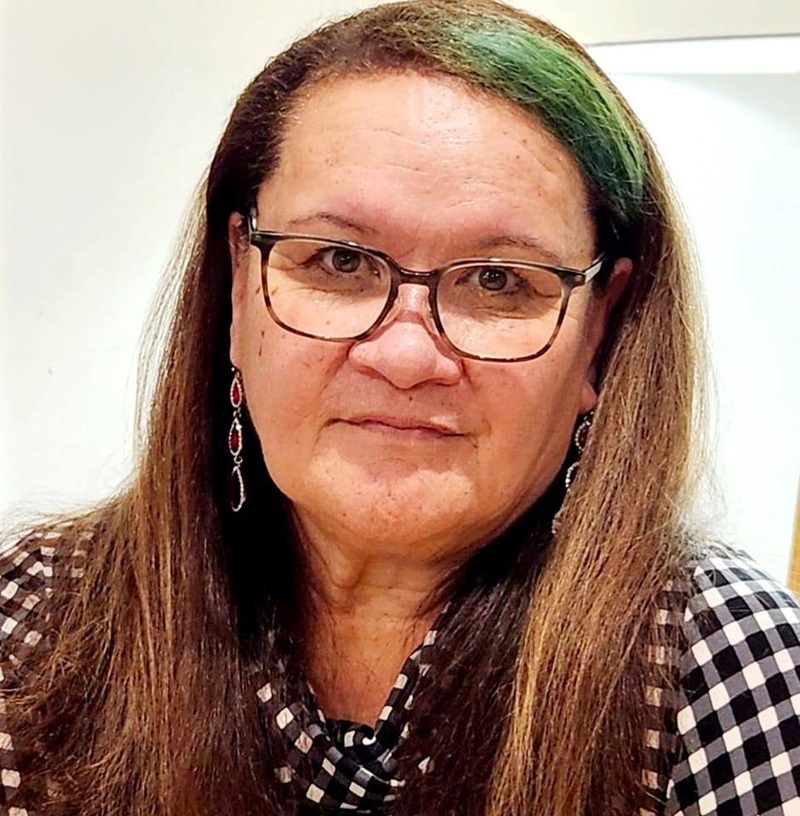Voice of the people wanted on Waitaki healthcare services
Ashley Smyth
19 September 2024, 12:08 AM
 Waitaki Community Health Services map. Graphic supplied
Waitaki Community Health Services map. Graphic suppliedWaitaki people are being urged to talk about their experiences with healthcare in the district, to help shape what it looks like in the future.
Te Wakai Hauora O Waitaki - Waitaki Health Futures Project was launched last year and is a partnership between several key groups to improve coordination and access to health and wellbeing services for Waitaki people.
There is a hope it will also help overcome some of the challenges and inequity of outcomes that some rural communities experience, remove some of the barriers to services, and relieve pressure on hospitals, Health New Zealand (HNZ) Community Integration group manager Aroha Metcalf says.
Waitaki residents are being asked to fill in a brief questionnaire to gauge their satisfaction from their dealings with different publicly funded healthcare services.
Metcalf says the project aims to ensure services in the Waitaki district work together to provide comprehensive local healthcare, and is part of a “place-based planning approach”, which is happening across the country.
“We do need to ensure that future health service provision is clinically and financially sustainable,” Aroha says.
While there is no talk of extra Government funding being made available, Aroha says the survey offers an opportunity to see whether current resources can be used better.
“We have an opportunity . . . to change how we do things, based on feedback from the community, local clinicians, service providers, and data on health needs and use of existing services.
“We want to know how people use these services and what they like and don’t like about them,” she says.

Health New Zealand Community Integration group manager Aroha Metcalf. Photo:Supplied/Facebook
One example is the potential for opportunities to reduce travel for access to specialist care, through technology such as online consultations, to improve convenience.
“Better coordination of services will improve clinical sustainability by allowing the health system to respond more flexibly to unplanned shortages caused by sickness or other unforeseen circumstances,” Aroha says
The Waitaki Health Futures Project is a partnership between the Waitaki District Council, Te Rūnanga o Moeraki, and Health New Zealand.
Other key partners include Ōamaru Hospital; providers Te Hā o Maru (a health and social service owned wholly by Te Runānga o Moeraki) and the Oamaru Pacific Island Community Group (OPICG); the WellSouth primary health network; and the Stronger Waitaki coalition.
Metcalf says the smooth transition of Ōamaru Hospital management to HNZ earlier this year – which occurred separately to the Health Futures project – was an example of health services and local partners working together to undertake significant change with no disruption for patients or staff.
“Oamaru Hospital is an important part of the healthcare network in the Waitaki District and has an important role to play in the wellbeing of the community.”
Waitaki District Council councillor Tim Blackler says it has been a long-term ambition of both the council and HNZ to address barriers to access and improve service coordination in Waitaki.
“By taking part in this survey, the community can have an important role in shaping the future of services in the district,” he says.
Te Rūnanga o Moeraki representative Trevor McGlinchey “really encourages whānau Māori to fill in the surveys and participate in the community engagement meetings”.
“To ensure any changes in services meet whānau needs,” he says.
A review of Waitaki health services is necessary to ensure current services meet the needs of the changing population, Aroha says.
“For example, Ōamaru is one of the fastest growing Pacific populations per capita outside Auckland.”
Community engagement sessions are being held in Kurow, Palmerston, Ōamaru and Hampden, and the survey is open online until October 6 (paper copies are also available), allowing project partners to listen and respond to local knowledge from the community, whānau, and service providers about what works well and what doesn’t.
It’s expected the new healthcare model will be implemented in stages from early 2025.




